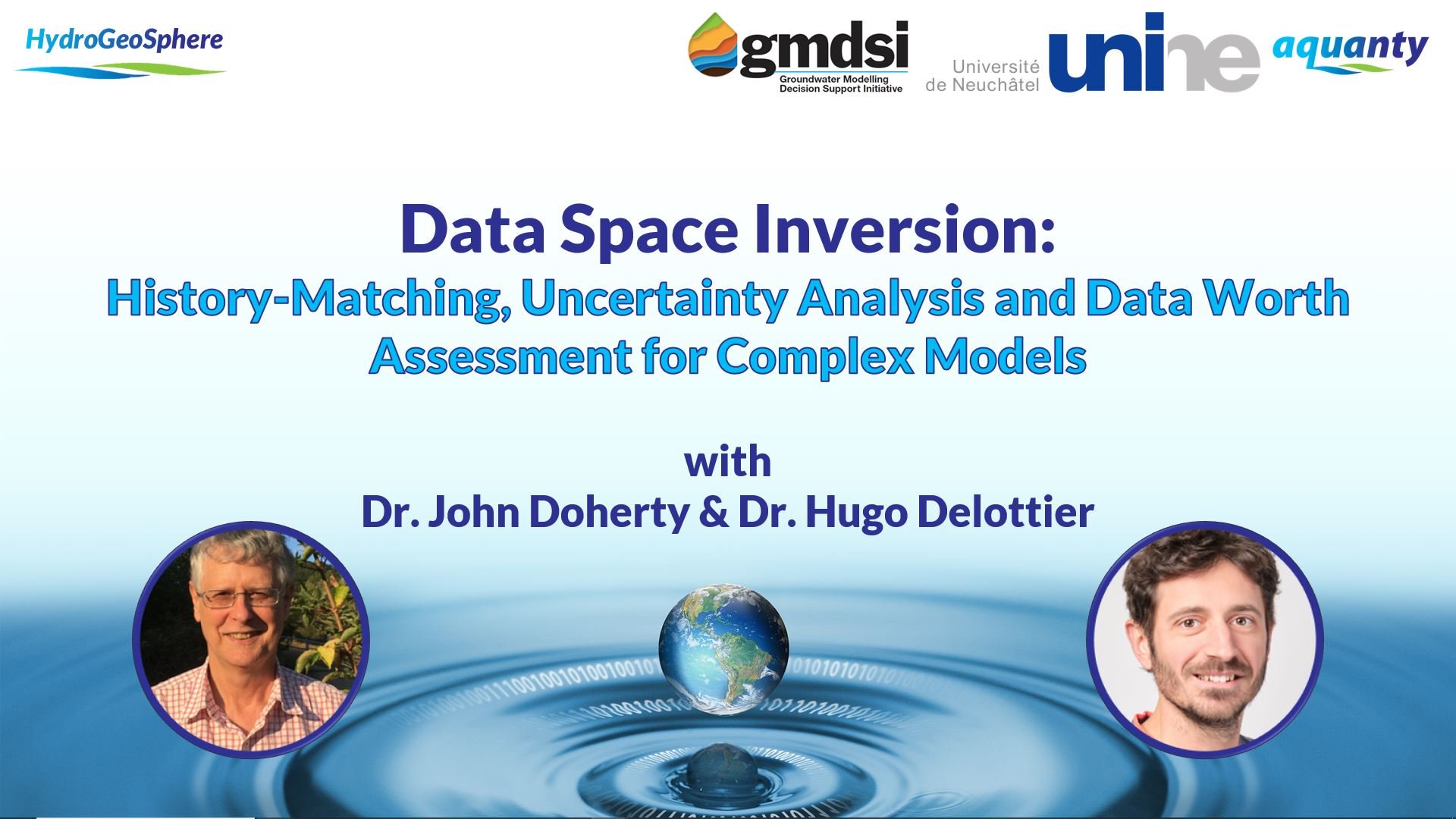



HGS RESEARCH HIGHLIGHT – Groundwater flow reversal between small water bodies and their adjoining aquifers: A numerical experiment
This recent study uses HydroGeoSphere to investigate groundwater-surface water interactions within “kettle holes” - post glacial landscape features prevalent across Northern Europe and Northern America. These kettle holes are quite similar to lakes, but their smaller size makes them prone to drying out, which results in very dynamic and variable groundwater-surface water interactions, sometimes being subject to groundwater flow reversal between a kettle hole and the adjacent aquifer.

HGS RESEARCH HIGHLIGHT – Evaluation of Hydraulic Conductivity Estimates from Various Approaches with Groundwater Flow Models
Over several decades a wide variety of techniques have been used to estimate the hydraulic flow properties of the subsurface. Here the authors have produced heterogeneous hydraulic conductivity (K) distributions at a heavily instrumented research site using 6 distinct techniques (slight variations in some tests resulted in 9 distinct K distributions):.

HydroGeoSphere Research Highlight - "Lateral and vertical saltwater intrusion into a coastal aquifer"
Climate change is projected to substantially increase the global mean sea level, which will adversely impact coastal communities worldwide.


"Visualizing HydroGeoSphere Output with Tecplot 360" - Aquanty Webinar
Tecplot 360 is the leading post-processing tool for finite element mesh studies and Aquanty’s recommended tool to process and visualize the results of your HydroGeoSphere models.

"Model Convergence and Optimizing Runtimes with HydroGeoSphere" - Aquanty Webinar
A recording of our August 16th, 2023 webinar focused on building high-quality HydroGeoSphere models that are more likely to converge on a solution, and optimizing those models and numerical criteria to reduce model runtimes.


HGS RESEARCH HIGHLIGHT – Managing climate change impacts on the Western Mountain Aquifer: Implications for Mediterranean karst groundwater resources
A new study investigates the impact of climate change on water availability within a 9000 sqkm karstic aquifer in Israel and the West Bank, and couples HydroGeoSphere to a soil-epikarst water balance model.
